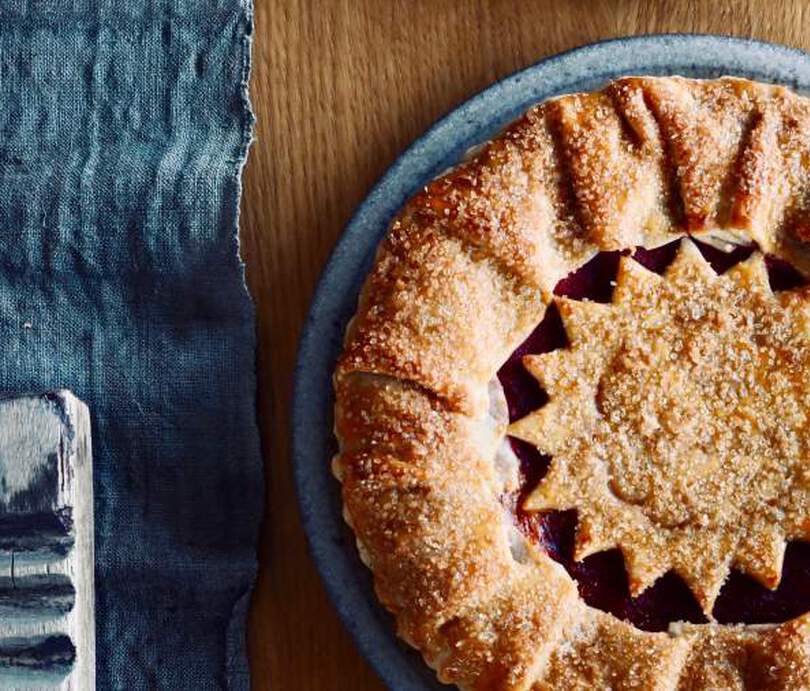
Sweet pastries have always been popular in Russia, regardless of the season. Russians have a special affinity for pastries made from dough, stemming from their childhood memories. They are also open to experimenting with new and unusual creations offered by bakers.
Over the years, the assortment of pastries has expanded significantly, with many new options becoming familiar and beloved. Pies with cheese or berry fillings, various types of cookies and cakes, tarts, and of course, a variety of layered pastries have all gained popularity.
One of the noticeable trends in recent times is the popularity of croissants with a classic taste but unconventional shapes, such as flat, round, square, or disc-shaped croissants. Mini croissants filled with white chocolate and lime ganache in cranberry glaze have gained popularity due to their unique and visually appealing appearance.
However, while these experimental pastries may be trendy, traditional classics such as fluffy and airy croissants with a crispy top and a soft interior remain timeless favorites.
According to pastry chef Anton Negin, the dough used for Eastern pastries is not as versatile as puff pastry, so there is less experimentation with these desserts. However, there have been bold attempts to create a fusion of Eastern and European flavors, such as combining baklava and cheesecake.
Traditional Russian desserts like pirozhki, gingerbread cookies, and kalachi still maintain their popularity, while nostalgic concepts that focus on recreating desserts using traditional recipes are also gaining traction. For example, "Tetyorki" project found inspiration in old books about traditional northern Russian pies and cookies that were baked on the day of the vernal equinox to welcome spring.
Another trend in Russian pastry is the growing interest in Eastern sweets, with the community of pastry chefs drawing inspiration from Korea, China, Japan, and other Eastern countries. Desserts influenced by Dubai's chocolate have also gained attention recently, featuring phyllo dough, nuts, honey, and spices, which are the base ingredients for many Eastern sweets.
Eastern desserts are often associated with pahlava, a popular pastry in Russia. The secret to its success lies in the perfect balance of nuts (usually walnuts but also hazelnuts and almonds), honey, sugar, and butter. There are various types of pahlava, including Turkish, Lebanese, and Azerbaijani, with each region having its own specialties and flavors.
Russian bakeries also offer other moderately sweet desserts, such as shaker-bura (pastries with hazelnuts) and badam-bura (pastries with almonds), as well as muthaki rolls with sweet fillings. These traditional treats add variety to the pastry landscape.
While trends come and go, classic Russian desserts like honey cake and Napoleon cake remain popular. These timeless favorites may undergo changes in presentation and decoration, but their flavors remain consistent. Pies, gingerbread cookies, and kalachi—traditional round braided bread—also maintain their popularity over time.
In the ever-changing landscape of pastry, filled with endless possibilities, Russian bakers continuously explore new flavors and techniques. However, there is also an appreciation for the nostalgia-inducing treats that remind people of their cultural heritage and childhood memories.



















